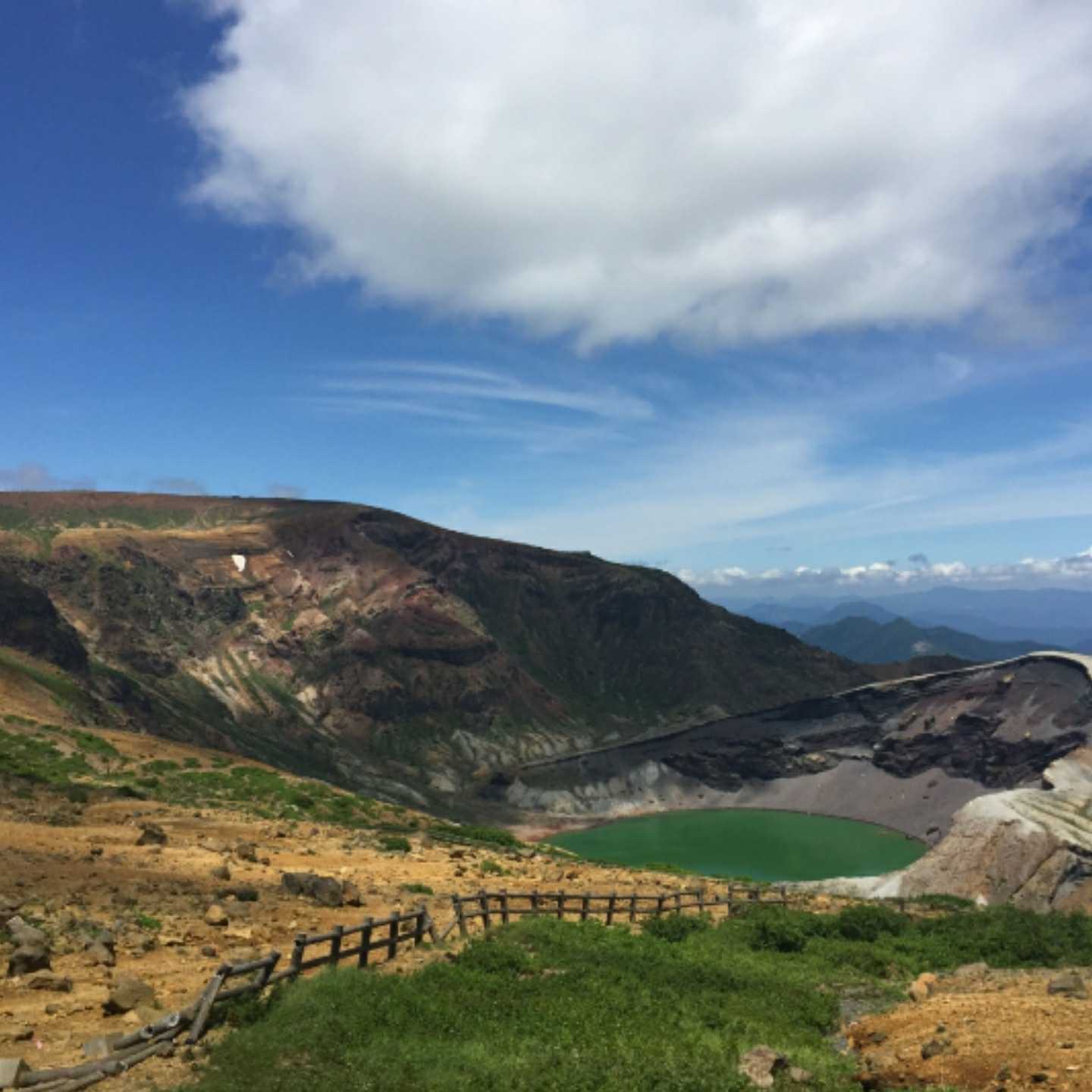The “Land of Contrasts” Is the Gateway to the Lesser-Known Tohoku Region
Dubbed the “Land of Contrasts,” Japan’s Miyagi Prefecture is characterized by its bustling capital city of Sendai, the picturesque islands of Matsushima Bay, the coastal landscape and world-class seafood of Sanriku, the rice fields and vibrant wetlands of northern Miyagi, and the iconic crater lake, “snow monsters” and Fox Village at Mount Zao.
Known as the gateway to the lesser-known northern Japanese region of Tohoku, Miyagi is easily accessible via 90-minute bullet train ride from Tokyo, and by regular direct flights from all major Japanese cities, as well as from Seoul, Shanghai and Taipei. The highlights of this largely undiscovered corner of Japan include:
MATSUSHIMA BAY
A quick day trip from Sendai, the Matsushima Bay area is renowned for its legendary temples, coastal landscapes and islands, and delicious local seafood. At the very heart of the region is the 400-year-old Zuiganji Temple, which was built as the family temple of the founder of Sendai and has been designated a National Treasure. From there, travelers can explore the traditional Japanese gardens at Entsuin Temple, visit sake breweries and sample matcha at a local tea house. And of course, the main draw of Matsushima Bay are the 260 pine tree-topped islands, accessible by foot or boat, that dot the bay. And to top it all off, travelers can taste their way around the Shiogama Fish Market, just a short car ride away from Matsushima Bay (where they can even make their own sushi bowl or grill their own seafood).
SENDAI
The capital of Miyagi Prefecture and the largest city in the entire Tohoku region, Sendai is a major transit hub for the region, accessible by air, ferry, train and bus. The “City of Trees,” as it is known, is thus the starting point for most journeys throughout Miyagi and the Tohoku region at large. Though a busy metropolis, Sendai is known as much for its access to nature and its hiking, camping and skiing as it is for its world-class restaurants, shopping and nightlife. And two of the area’s most historic hot springs (or onsen) are just on the city’s outskirts, at Akiu and Sakunami.
MOUNT ZAO
One of Japan’s most magnificent natural areas, the Zao region of southern Miyagi Prefecture is most famous for its iconic Mount Zao, featuring a colorful crater lake at its summit and, in wintertime, the mysterious “snow monsters” (the strange phenomenon created when freezing cold fronts from Siberia transform the mountain’s massive fir trees into snow- and ice- covered creatures). But beyond the famed deep-powder slopes of the mountain, the Zao area offers a wealth of excursions in other seasons, including immersion in samurai culture at Shiroishi Castle, the unique experience of communing with furry creatures at Fox Village, viewing thousands of cherry trees along the Shiroishi River at Hitome Senbon Zakura in springtime, and hiking and mountain biking through the fiery fall foliage in the autumn months.
SANRIKU COAST
Characterized by dramatic cliffs, hidden coves and abundant marine life, the Sanriku Coast has become a sought-after destination for seafood lovers and adventure travelers. Particular areas of interest include the utterly unique Cat Island Tashirojima and the holy island of Kinkasan, home to the Koganeyama Shrine, where wild deer roam freely and are regarded as messengers of the gods by Shinto priests. The Sanriku Coast is also considered a symbol of recovery, as the area suffered heavy damage in the 2011 tsunami. Each town along the coast has established memorials and museums to commemorate the disaster – one of the most affecting of which is the former Onagawa Police Station, an overturned ruin of a building that was torn from its foundation and dragged onto a nearby boat pier, where it still stands as a memorial.
NORTHERN MIYAGI
A vibrantly colored and naturally diverse destination year-round, the area of northern Miyagi is known for its natural wetlands, which fill with thousands of migratory geese and swans during wintertime and then dry up and are carpeted by fields of wild lotus flowers in summertime. And at Mount Kurikoma in the western part of the region, avid hikers are drawn to its fields of alpine wildflowers, dramatic autumn foliage and unkai (sea of clouds).
To know more about Miyagi Prefecture, go to: http://visitmiyagi.com.






